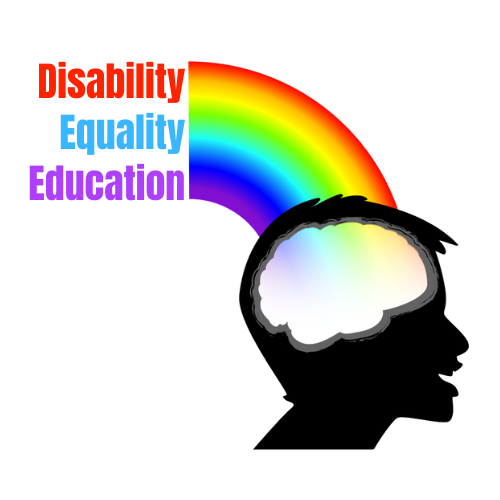Guidance on Teaching Dark Moments Without Creating Additional Stigma
Teaching about challenging or “dark” moments, times of oppression, systemic harm, or societal barriers, is essential for helping students understand history, society, and the ongoing work of advocacy. These moments should not be avoided; rather, they should be taught thoughtfully.
When approached with care, educators can:
Show how barriers are created and maintained by systems, not individuals.
Highlight the resilience, agency, and advocacy of those affected.
Foster critical thinking and empathy without reinforcing stereotypes or pity.
Tips for Teaching Dark Moments
Center the social model
Emphasize that difficulties often arise from social, political, or environmental barriers, not from inherent traits of individuals or groups.
Example: In a lesson on segregated schools, focus on the policies that excluded disabled students rather than implying that students themselves were the problem.
Avoid sensationalism
Stick to the facts without exaggerating suffering or portraying people as helpless.
Provide context: explain why a situation occurred, the societal structures involved, and the responses people had.
Highlight advocacy and action
Include stories of resistance, collective organizing, and legal or social victories alongside the hardship.
Show that even during dark moments, people exert agency and work toward change.
Normalize diversity of experiences
Not all members of a community experience oppression in the same way. Avoid generalizations.
Include stories that show both challenges and ordinary life.
Use thoughtful language
Avoid words that imply blame, deficiency, or inherent weakness.
Be careful with pity-based framing (“tragic,” “suffering,” or “hero”) as these often reinforce stigma.
Prepare students emotionally
Give students a warning before discussing dark content.
Encourage reflection and questions in a safe, structured way.
Provide multiple perspectives
Incorporate voices of those directly affected.
Use primary sources, first-person accounts, or narratives created by community members.
Connect past to present
Help students see how structural barriers may persist today and what strategies exist to challenge them.
Emphasize that dark moments are part of a continuum of struggle and advocacy, not isolated “failures.”
Avoid “lessonizing” trauma
Focus on understanding systems and actions rather than trying to draw moral conclusions from the pain of others.
Avoid framing dark moments as inherently instructive or as shaping character in a simplistic way.
Encourage critical thinking
Ask students to consider cause-and-effect relationships, systemic barriers, and potential interventions.
Support students in developing empathy without reinforcing stereotypes or pity.
Additional Tips:
Include trigger warnings or pre-discussion briefings for sensitive topics.
Use varied teaching materials: videos, first-person narratives, interviews, documents created by affected communities.
Reflect on your own language and assumptions before teaching.
Foster a classroom culture where questioning and discussion are safe and constructive.
Debrief after heavy topics: encourage reflection, discussion of advocacy, and recognition of progress.
This approach ensures that dark moments are taught honestly but responsibly, emphasizing social context, agency, and ongoing work, rather than portraying communities as passive victims.
